Inside the Los Alamos secret town where scientists built the atomic bomb — which you can visit today
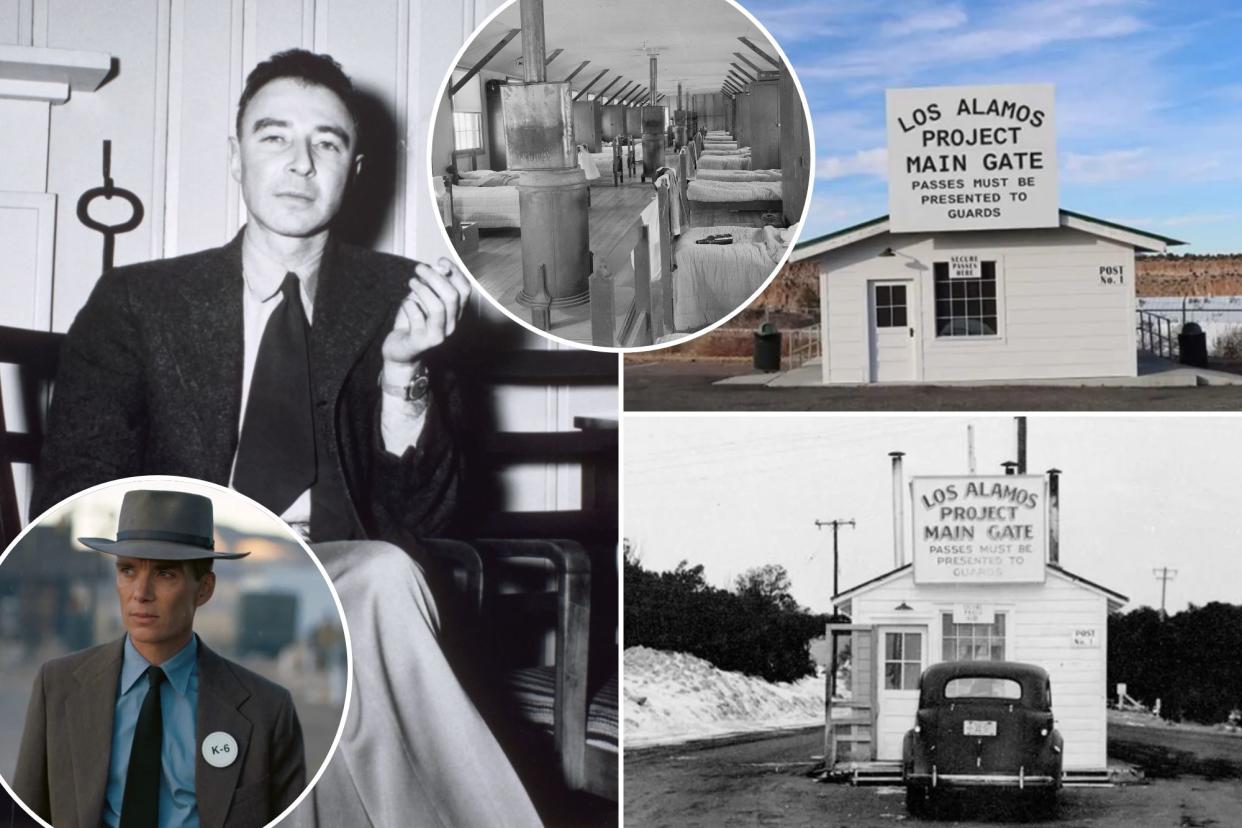
- Oops!Something went wrong.Please try again later.
In the annals of American history, there are few places as emblematic of scientific ingenuity and wartime urgency as Los Alamos, New Mexico — the birthplace of the atomic bomb.
Tucked away in the rugged terrain near Albuquerque, this once-secret town played a pivotal role in the development of the world’s first atomic weapons.
Now, this formerly clandestine site is open to visitors as a National Park, offering a firsthand journey back in time to one of the most pivotal moments of the 20th century.
Thrust back into the spotlight most recently by Christopher Nolan’s multi BAFTA-winning film “Oppenheimer,” which dropped last week on Prime Video and stars Cillian Murphy as Dr. J. Robert Oppenheimer, the “father of the atomic bomb,” Los Alamos holds a significant place in World War II history. What’s more, the film also brings the town itself into mainstream view, adding a curious element of real estate history, showing viewers where the team and their family members resided during this time of global conflict.
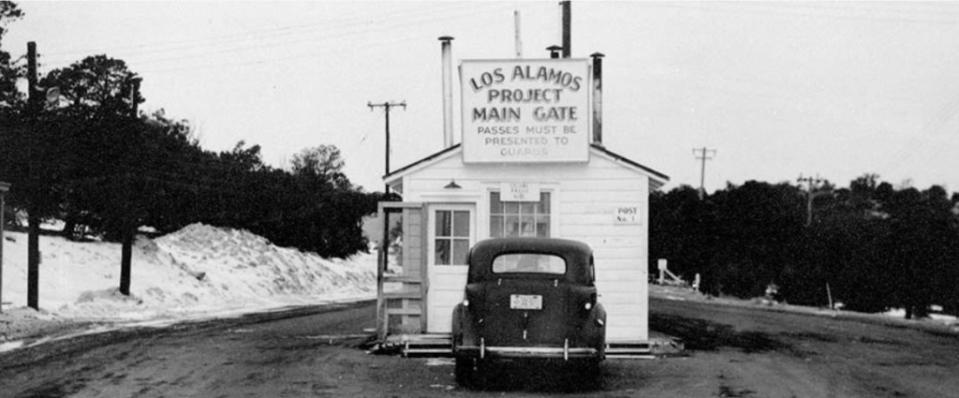
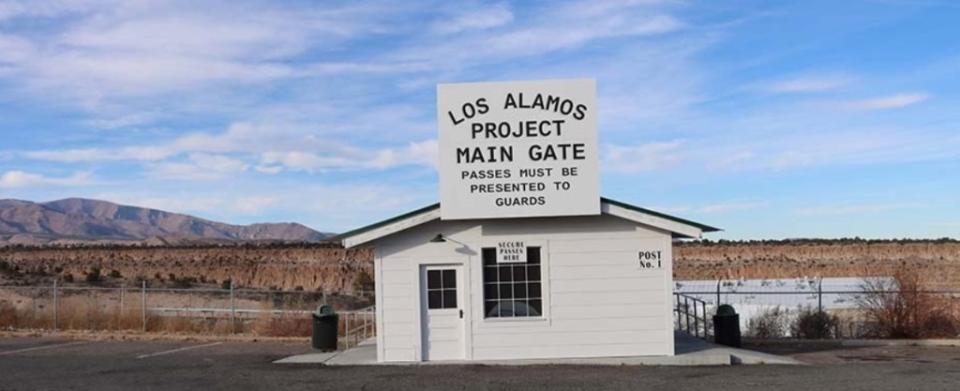
Oppenheimer, leading the top-secret Manhattan Project, spearheaded the research and development efforts to produce the first nuclear weapons.
The Manhattan Project, a collaborative effort between the United States, the United Kingdom and Canada, was named after its initial offices in Manhattan, New York City at 270 Broadway. But Oppenheimer needed a more low-key place than New York to develop the weapons and test them.
Enter the Los Alamos National Laboratory.
This site can all be traced back to Nov. 16, 1942, when Oppenheimer and his colleagues toured the vicinity of the Los Alamos Ranch School.
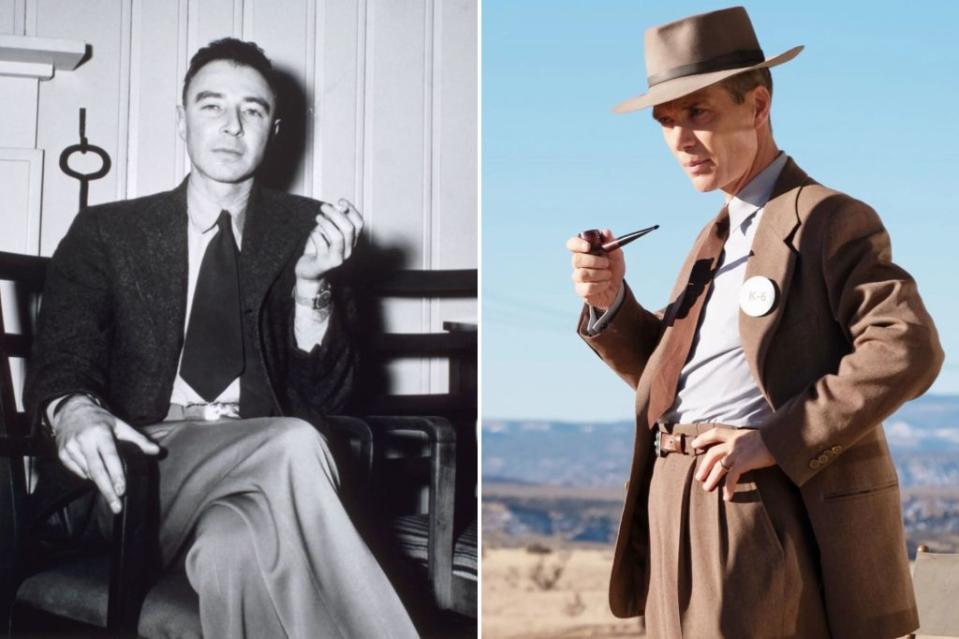
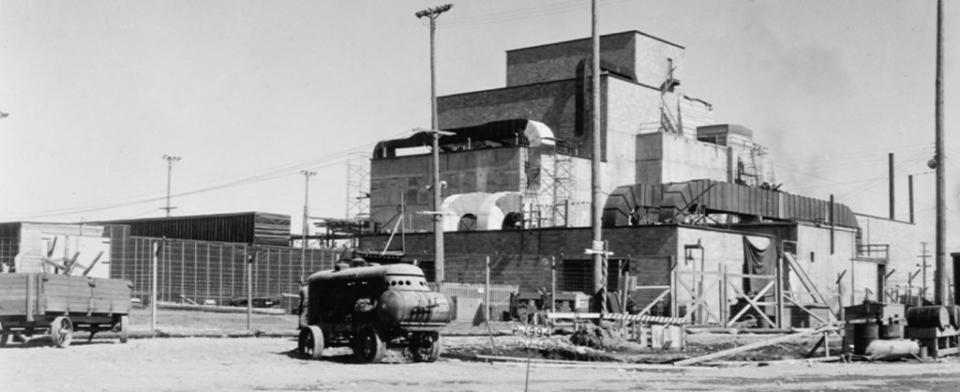
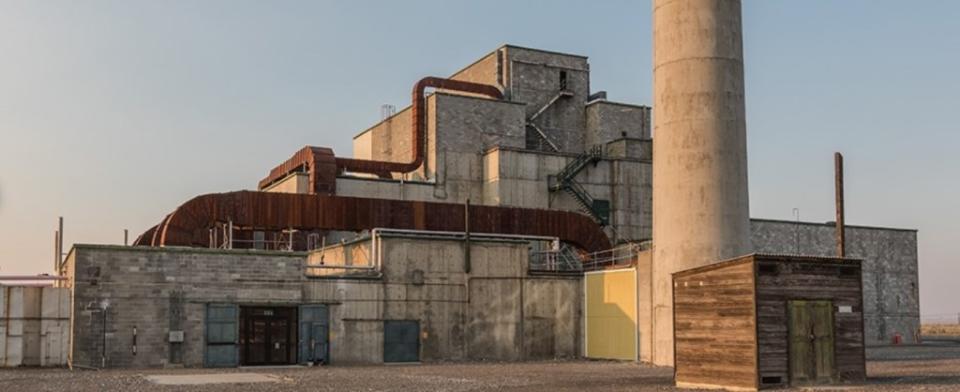
The acquisition of this site hinged upon the presence of the school — a collection of 54 buildings that provided essential accommodations. Of the 54 buildings, 27 were houses, dormitories or other quarters providing more than 46,600 square feet of accommodation.
Perched atop a mesa with canyons cutting through the landscape, Los Alamos’ remote location provided the necessary isolation, while proximity to Santa Fe ensured access to transportation and other resources.
On Oppenheimer’s recommendation, the search for a suitable site honed in on the vicinity of Albuquerque, where the physicist owned a ranch.
With Oppenheimer’s vision as their guiding light, Los Alamos quickly became a crucible of scientific brilliance, attracting luminaries such as Norris Bradbury, Richard Feynman, and Hans Bethe.
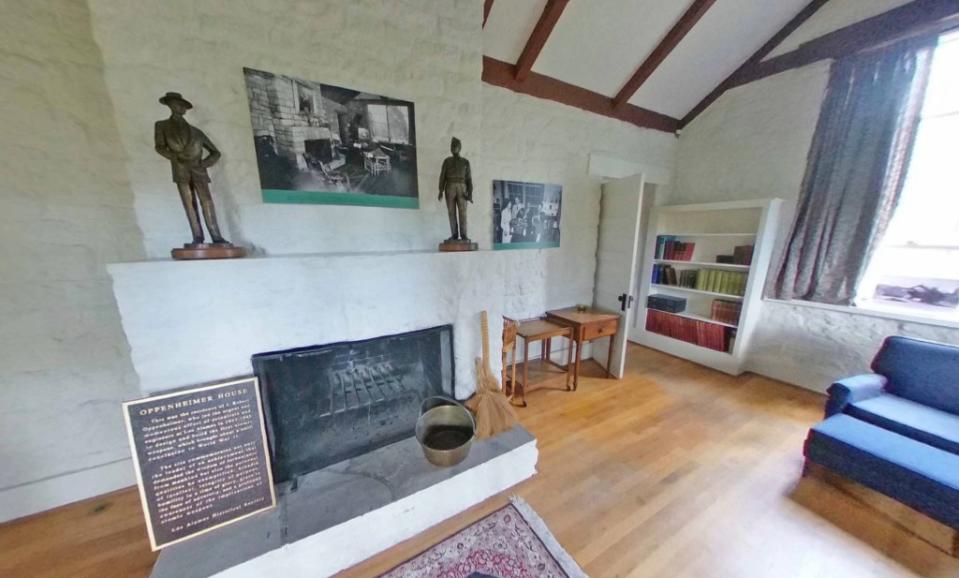
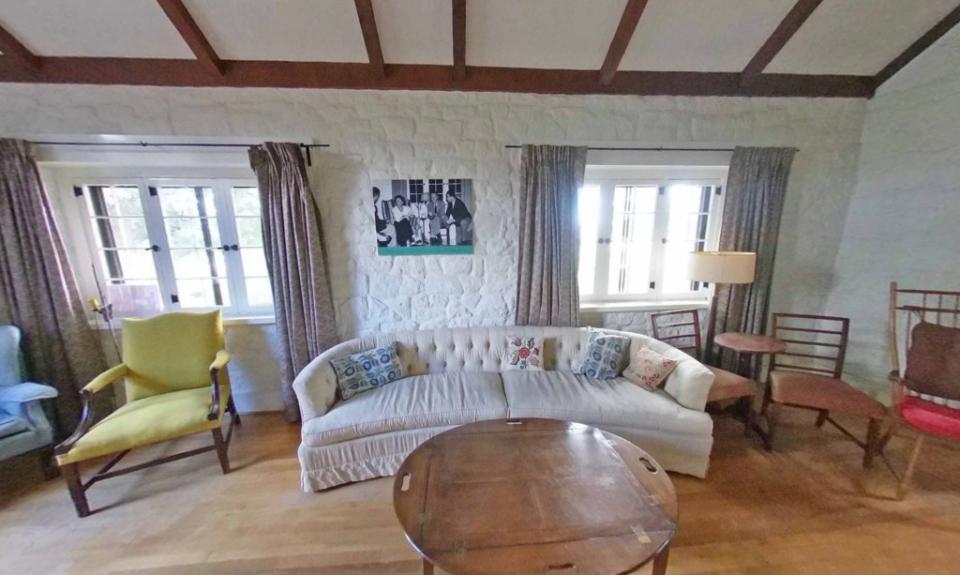
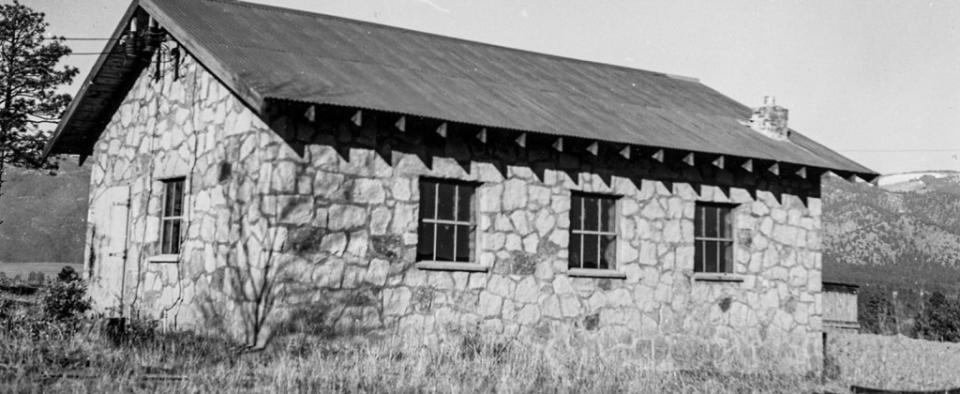

Under the direction of Major General Leslie Groves, portrayed by Matt Damon in the film, the project rapidly expanded, employing nearly 130,000 individuals across these states at its peak and costing nearly $2 billion at the time (or nearly $32 billion today).
And they all needed a place to live — and with their families, too.
Among the accommodations, “Bathtub Row” stood out as a symbol of luxury, boasting six log and stone cottages equipped with bathtubs. This is where Oppenheimer resided.

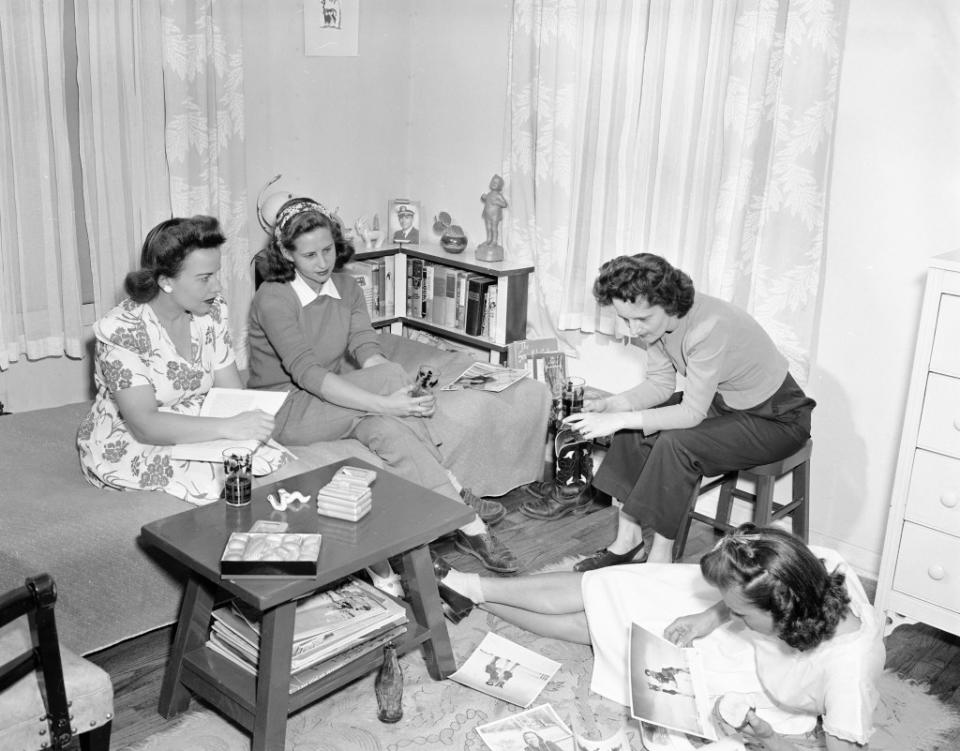
Beyond Bathtub Row, accommodations were varied, with Sundt apartments offering modest living spaces, and transient visitors finding reprieve in Fuller Lodge and other historic structures.
Each Sundt apartment, for its part, had two or three bedrooms, a kitchen with a black coal stove and a modest bathroom.
Rents were set based on the income of the tenant.
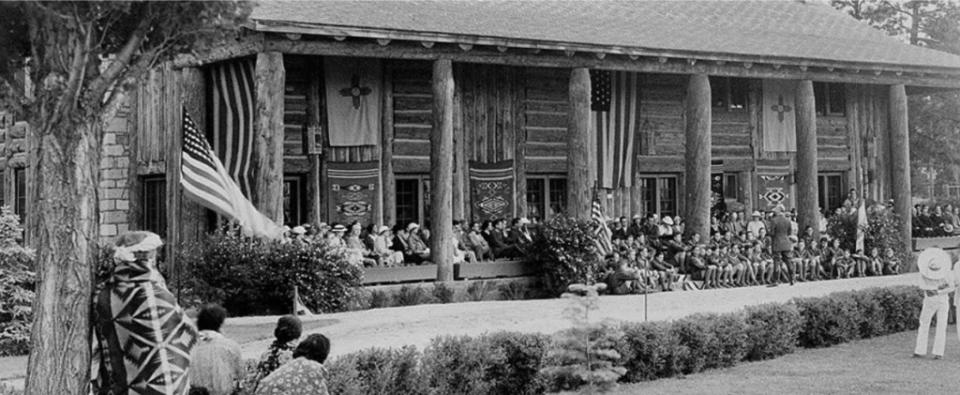
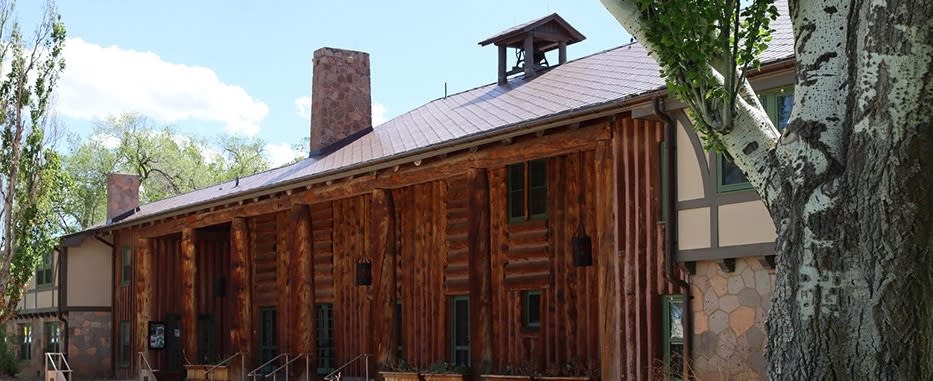
It was more than just housing and workspace. Originally constructed in 1928, Fuller Lodge primarily functioned as a dining hall and staff quarters for the Los Alamos Ranch School.
Boasting more than 700 Ponderosa pines from the nearby forest in its construction, the lodge, designed by esteemed architect John Gaw Meem, was a vital emblem of the school.
The lodge not only housed visiting scientists but also held various gatherings such as dances, plays and other events.
Today, Fuller Lodge continues its legacy as a community center, hosting a diverse array of functions like meetings, lectures and even weddings.
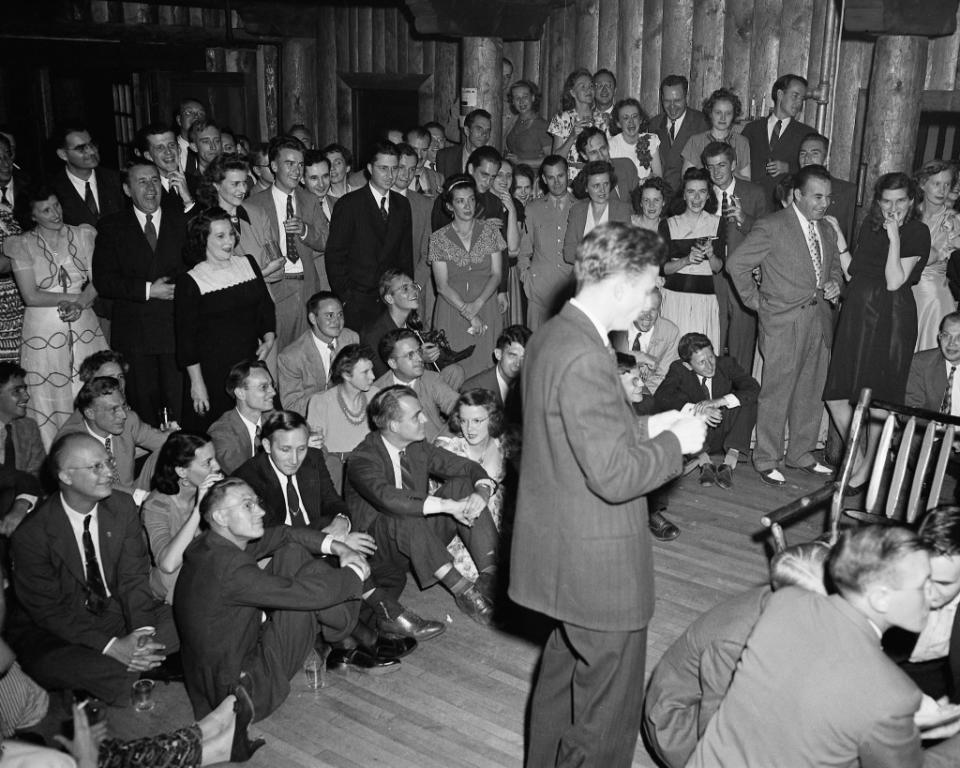
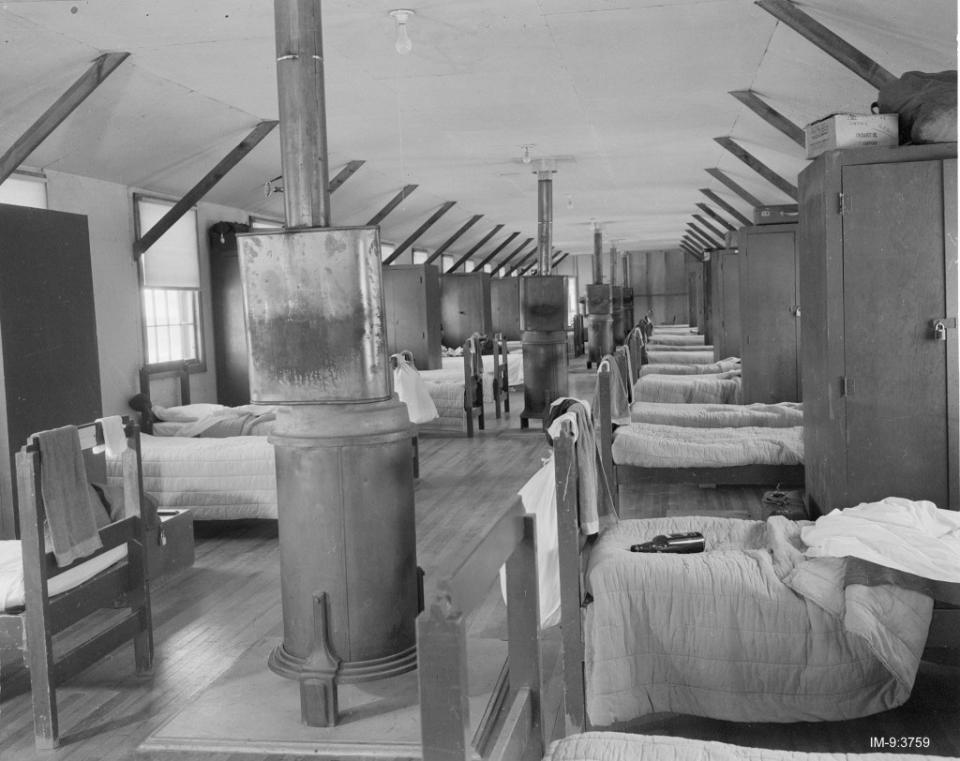
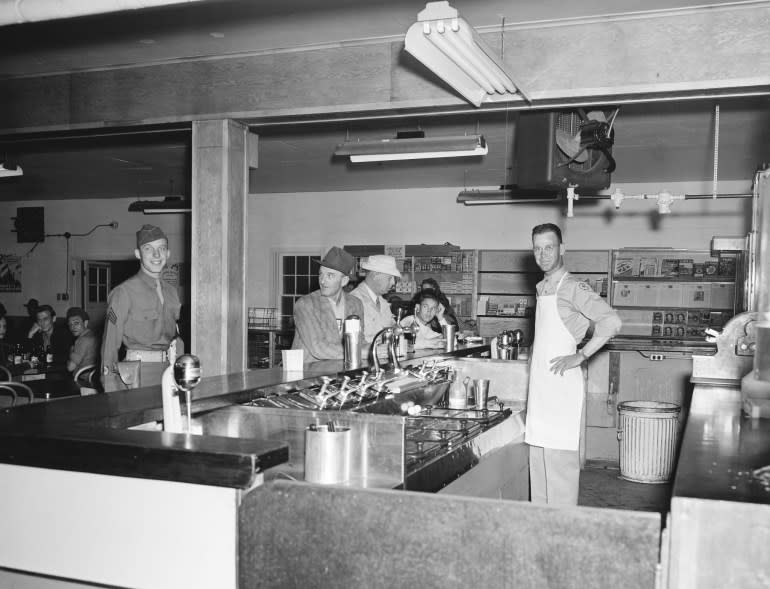
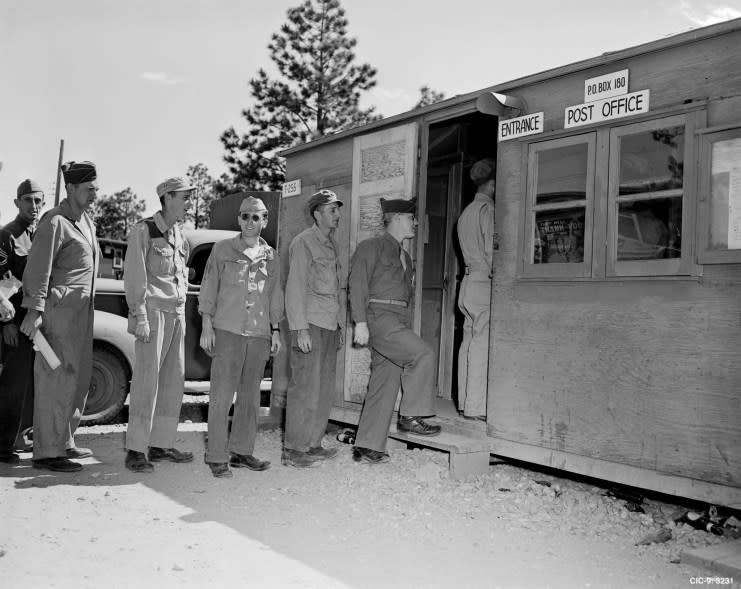
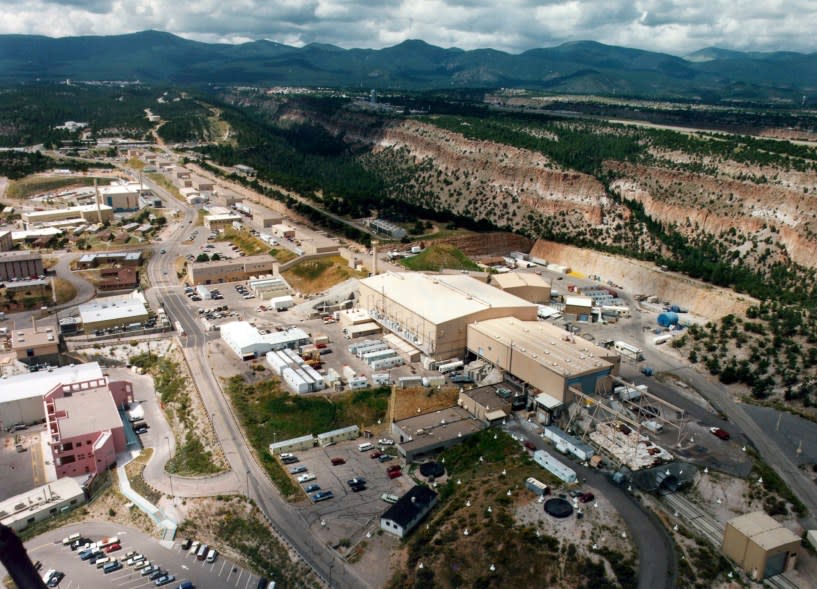
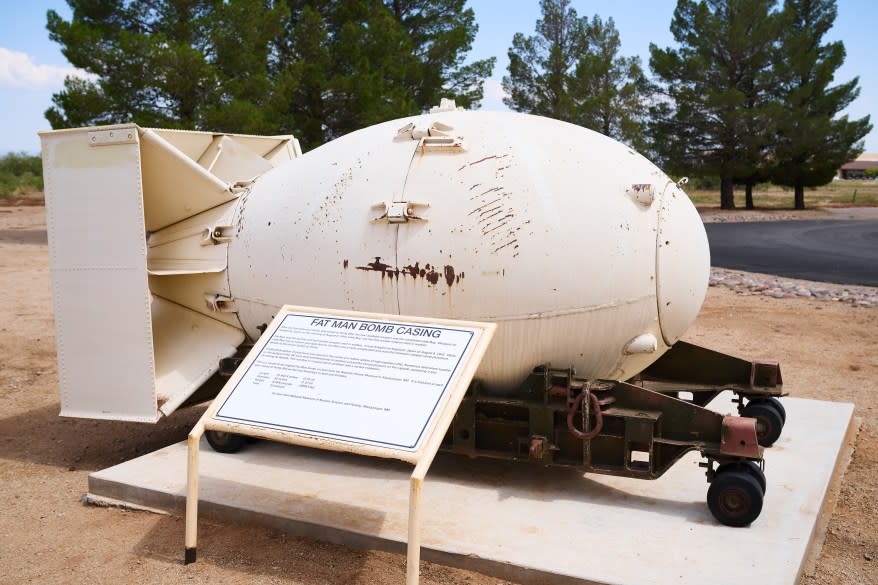
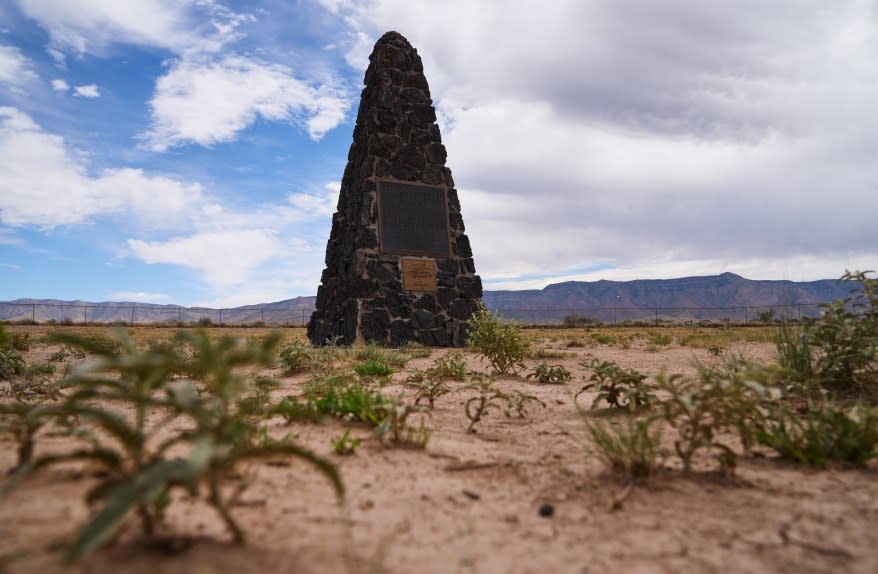
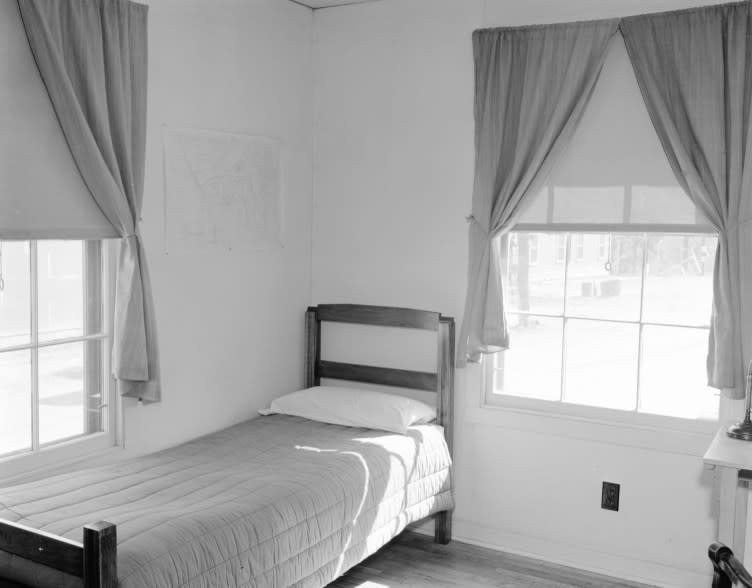
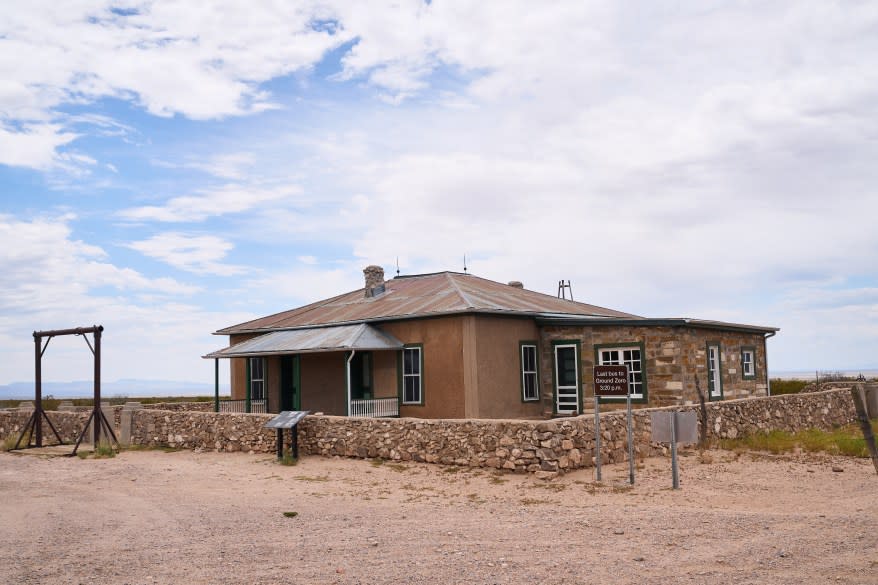
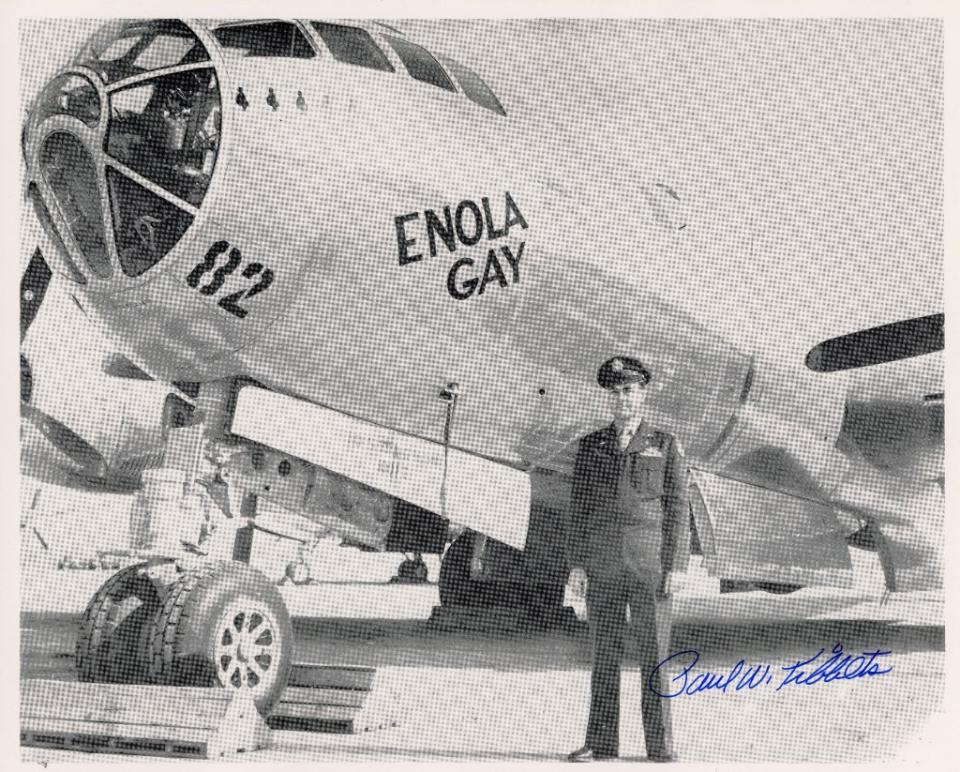
Education, too, flourished in this clandestine community, with a school established in 1943, catering to the growing population of children.
Initially envisioned as a military laboratory, Los Alamos saw its population swell far beyond initial projections, reaching 3,500 by the end of 1943 and ballooning to 10,000 by 1946.

